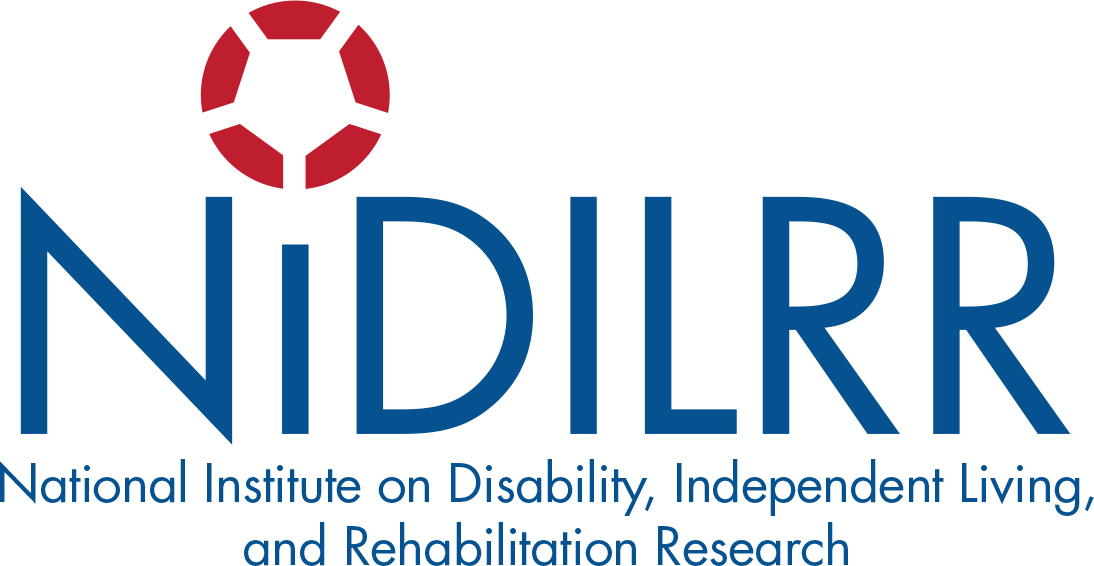Suggested Daily Management:
The goal of any Spinal Cord Injury bowel program is to establish a reliable bowel routine which is convenient for the patient and/or caregiver, minimizes accidents and protects the health of the digestive system by preventing complications.
Although there are many similarities, the level of spinal cord injury makes a difference in specific details of individual bowel programs. Both types of programs should be completed every 1-2 days, shortly after a meal or warm snack and at the same time of day. Both types of programs should include:
- daily stool softeners, such as Colace 100 mg twice a day
- daily fiber laxative such as senna 8.6 mg 1-2 tablets daily
- removal of stool from the rectum
- Insertion of a mini enema or suppository such as bisacodyl vegetable oil-based or polyethylene glycol-based.
If rectal sphincters are tight (usually in an upper motor neuron injuries) digital stimulation can be utilized to relax the muscles and allow bowel reflexes for more complete evacuation of the bowel contents. Digital stimulation consists of using the finger to massage the rectal sphincter muscles in a circular motion until they relax.
If rectal sphincters are incompetent (usually in lower motor neuron injuries) leakage of stool may be a problem. These patients will need to maintain a firmer consistency of their stool. They usually complete their program less often and may need to adjust medications or the timing of their bowel program to prevent accidents.
Potential Complications
Common complications associated with bowel management post spinal cord injury can be severe, even life threatening. Inadequate bowel management adds significantly to burden of care, often results in rehospitalization and can cause long term health problems for the individual. It is among the top barriers which prevent eligible patients from returning to their home environment.
- Severe and chronic constipation
- Impaction or frank obstruction
- Mega Colon
- Diarrhea
- Hemorrhoids
- Autonomic Dysreflexia
References:
Neurogenic Bowel Management in Adults with Spinal Cord Injury, In: Clinic Practice Guidelines published by Paralyzed Veterans of America and the Consortiuim for Spinal Medicine
Weeks, SK, Hubbartt, E, & Michaels, TK. (2000). Keys to BoweL Success, Rehabilitation Nursing, 25(2), 66-69.
Krassioukov, K, Eng, JJ, Claxton, G, Sakakibara, BM, Shum, S. & the SCIRE Research Team. (2010) Neurogenic bowel management after spinal cord injury: a systematic review of the evidence, Spinal Cord, 48, 71-733.
Steins, SA., Luttrel, W, & Binard, JE. (1998) Polyethylene glycol vs vegetable oil based bisacodyl suppositories to initiate side-lying bowel care: A clinical trial in persons with spinal cord injury, Spinal Cord, 36, 777-781.
Coggrave, M, Norton, C., & Wilson-Barnett, J. (2009) Management of neurogenic bowel dysfunction in the community after spinal cord injury: a postal survey in the United Kingdom, Spinal Cord, 47, 323-333.
Benevento, BT & Sipski, ML. (2002). Neurogenic Bladder, Neurogenic Bowel, and Sexual Dysfunction in People with Spinal Cord Injury, Physical Therapy, 28, 6.
